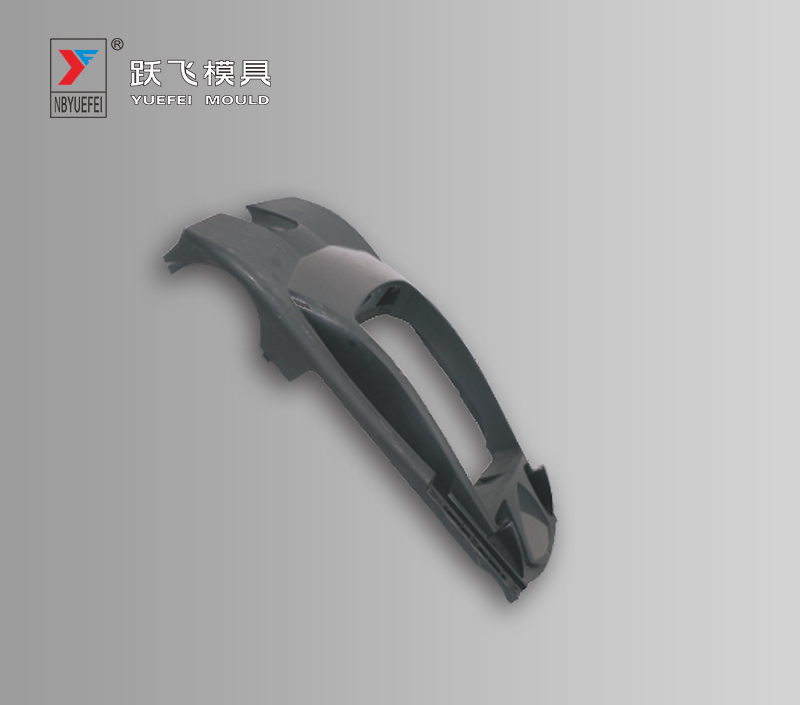Mold material selection is a very important part of the entire mold making process. So what are the basic principles of mold selection?
1. Wear resistance
When the blank is plastically deformed in the mold cavity, it flows and slides along the surface of the cavity, causing violent conflict between the surface of the cavity and the blank, and then causing the mold to fail due to wear. Therefore, the wear resistance of materials is one of the most basic and important functions of the mold.
Hardness is the main factor affecting wear resistance. In general, the higher the hardness of the mold parts, the smaller the amount of wear and the better the wear resistance. In addition, the wear resistance is also related to the type, quantity, shape, size and distribution of carbides in the data.
2. Strong patience
The working conditions of the molds are mostly very harsh, and some often accept large impact loads, which then lead to brittle cracking. In order to prevent sudden brittle fracture of mold parts during operation, the mold must have high strength and resistance. The resistance of the mold mainly depends on the carbon content, grain size and arrangement of the material.
3. Fatigue cracking function
In the process of mold operation, under the long-term effect of cyclic stress, fatigue cracking is often caused. The methods include multiple impact fatigue cracking with small energy, stretching fatigue cracking, contact fatigue cracking, and bending fatigue cracking. The fatigue cracking function of the mold mainly depends on its strength, resistance, hardness, and the content of inclusions in the data.
4. High temperature function
When the operating temperature of the mold is higher, the hardness and strength will decrease, leading to early wear of the mold or plastic deformation and failure. Therefore, the mold material should have high tempering resistance stability to ensure that the mold has high hardness and strength at the operating temperature.
5. Anti-cold and heat fatigue function
Some molds are in the condition of repeated heating and cooling during the operation process, which causes the surface of the cavity to be tensioned and pressure-changed to stress, causing surface cracks and peeling, increasing the conflict force, preventing plastic deformation, reducing the dimensional accuracy, and then causing Mold failure. Hot and cold fatigue is one of the main ways that hot work molds fail. This type of mold should have a high resistance to cold and heat fatigue.
6. Corrosion resistance
When some molds such as plastic molds are in operation, due to the presence of chlorine and fluorine in the plastic, strong corrosive gases such as HCI and HF will be resolved after heating, which will corrode the surface of the mold cavity, increase its surface roughness, and increase wear and tear.
www.yfmould.com



 English
English 简体中文
简体中文 Español
Español Deutsche
Deutsche















